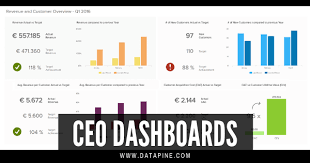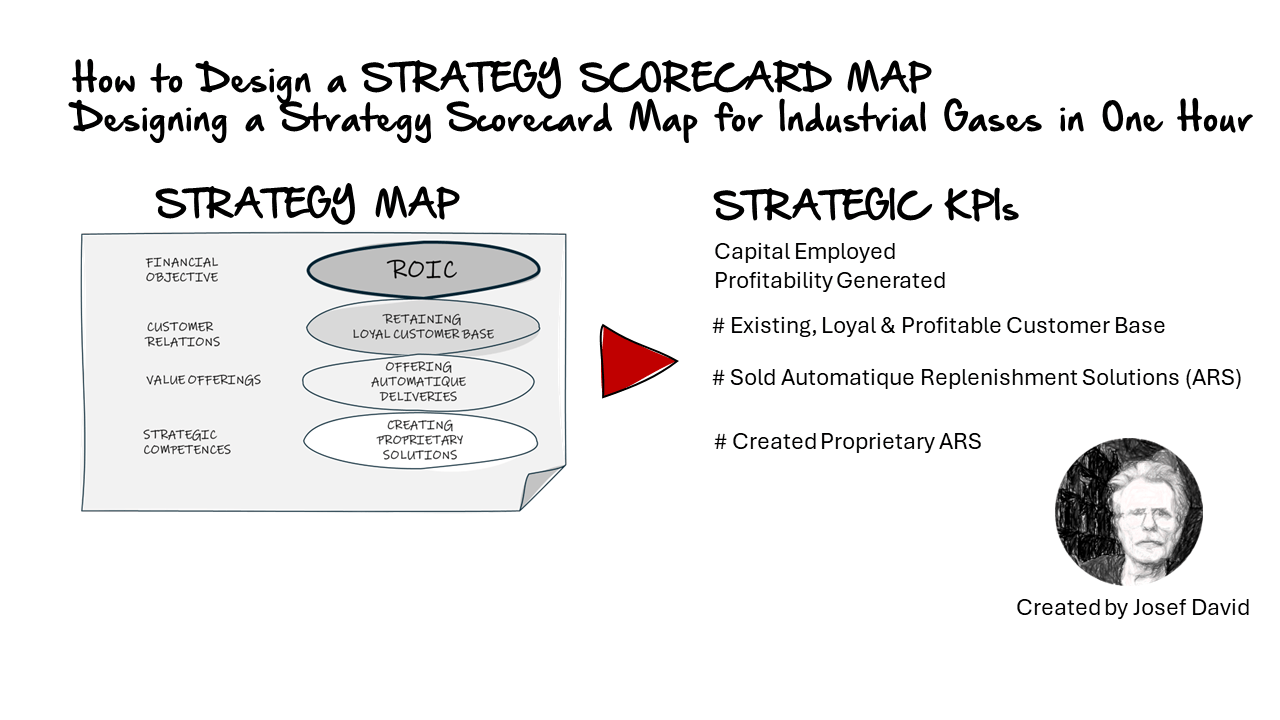Who Needs Strategy Dashboards?
Strategy dashboards are essential tools for a wide range of professionals, from business executives and managers to data analysts and strategists. Essentially, anyone who is involved in the decision-making process of an organisation can benefit from a strategy dashboard. This includes individuals in marketing, sales, finance, operations, human resources and more.
Why They Need Strategy Dashboards?
The need for strategy dashboards arises from the necessity to make informed decisions based on data. In today’s fast-paced business environment, having access to real-time data and being able to interpret it quickly is crucial. A strategy dashboard provides a visual representation of key performance indicators (KPIs) and metrics that are vital to the success of an organisation. It allows users to monitor performance, identify trends and patterns, spot potential problems before they escalate, and make strategic decisions based on data-driven insights.
How to Design Strategy Dashboards?
Designing a strategy dashboard involves several steps:
1. Identify Your Goals: The first step is to identify what you want to achieve with your dashboard. This could be tracking sales performance, monitoring customer satisfaction levels, or assessing the effectiveness of marketing campaigns.
2. Select Relevant KPIs: Once you’ve identified your goals, you need to select the KPIs that will help you measure your progress towards these goals. These could be financial metrics like revenue or profit margins, operational metrics like productivity or efficiency levels, or customer-related metrics like customer satisfaction scores or net promoter scores.
3. Choose a Dashboard Design: There are various types of dashboards available, including operational dashboards, strategic dashboards, analytical dashboards and more. Choose a design that best suits your needs.
4. Implement Your Dashboard: Once you’ve chosen your design and selected your KPIs, it’s time to implement your dashboard. This involves gathering the necessary data, setting up the dashboard software (if necessary), and configuring the dashboard to display your KPIs in a visually appealing and easy-to-understand manner.
Designing Strategy Dashboards in One Day!
While designing a strategy dashboard can seem like a daunting task, it is possible to create one in a single day. Here’s how:
1. Start Early: Begin your day by identifying your goals and selecting your KPIs. This should be a collaborative process involving all relevant stakeholders.
2. Choose a Pre-Made Template: To save time, choose a pre-made dashboard template that fits your needs. There are many available online, both free and paid.
3. Gather Your Data: Once you’ve chosen your template, start gathering the data you need. This could involve pulling data from various sources, such as internal databases, spreadsheets, or third-party applications.
4. Configure Your Dashboard: By mid-day, you should be ready to start configuring your dashboard. This involves inputting your data into the dashboard software and setting up the visualisations for your KPIs.
5. Review and Refine: Once your dashboard is set up, spend the rest of the day reviewing it and making any necessary refinements. This could involve tweaking the visualisations, adjusting the layout, or adding additional information.
Example of Executive Strategy Dashboard

Conclusion
Strategy dashboards are powerful tools that can help drive informed decision-making within an organisation. While they may seem complex, with careful planning and execution, it’s possible to design an effective strategy dashboard in just one day. Remember to keep your goals in mind throughout the process and ensure that your dashboard provides clear, actionable insights that can help guide your strategic decisions.
I hold shares from Linde and Air Liquide. Their ROIC of 8% is on the low side. Shareholders expect Management to generate -at least – 10% ROIC by 2025. I provide them with my ideas concepts and strategies . I hope it helps the Management teams of the Industry to deliver.
Josef David
